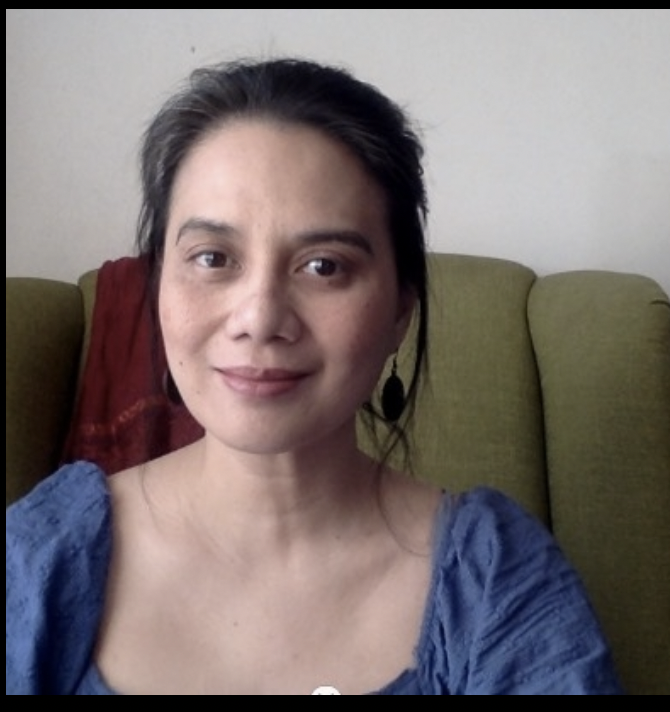No fairy tale
published 3 November 2008, MST
Bookstores are great places to spend time in. Staying in one is a productive alternative to wandering aimlessly around the mall, exposing yourself and your kids to things you think you need but actually only want. Children’s books sections are normally in some cozy corner of Powerbooks or Fully Booked, and in some measure, good old National, their low shelves (for easy reaching) and thick carpets (for sprawling) appealing to kids and parents alike.
And you don’t even have to read children’s books, much less buy that item you’re holding, for you to sit there. You can get a nice book or two from your favorite section and look at it while seated, just occasionally glancing at your wards who are most probably enjoying themselves anyway.
My weekend was something like this except that unlike previous times when I immediately buried myself in my own reading, I rummaged through local illustrated children’s books, both in English and Filipino, and concluded that at their reasonable prices (most are below P70 apiece, whereas foreign children’s books with hard glossy covers, huge illustrations and too-few words cost five or eight times more), they would make excellent gifts for grade-school nephews, nieces, godchildren or my friends’ children come Christmas.
That evening I was also trying to convince my daughter Sophia that at eight-and-a-half, she was a little too old for coloring books. Sure I still enjoyed our coloring festivals, whereby she, her six-year-old brother Elmo and I occupied the dining table and filled up the pages of their coloring books for half a morning, after which we would evaluate each other’s works. But everybody had to graduate into something higher and bigger at some point.
It was then I realized—and belatedly, I regret—that the children’s books segment of the local publishing world was a gem. I would have written about it sooner.
* * *
Most of the books are attempts to impart traditional Filipino values in new ways. There are, for instance, stories of animals with an attitude, modern-day fables, really, just because we’ve heard so much about that cunning monkey and the turtle who ends up outwitting it. Other titles provide resolutions to children’s practical issues in everyday life. Under these, for example, is the book preparing a girl on the coming of a new baby in the family or that offering suggestions to a boy so he would stop wetting his bed.
Still there are others that try to go beyond these themes and explore the world of the “others” or bring down contemporary social issues to the level of children. I bought three of these for my little girl. I was pleased because the amount I paid was less what one would have spent on a mocha frap and a slice of Oreo cheesecake.
Sophie went home with a book on flying trash and another on children in conflict-torn Mindanao. But my personal favorite among our purchases was a book called “Papa’s House, Mama’s House” written by Jean Lee Patindol, illustrated by Mark Ramsel Salvatus III. And published by Adarna House.
The story is told from a six-year-old’s perspective. The narrator and two other sisters spend some days of the week in their father’s house and the remainder in their mother’s. Obviously, the parents are separated. The child sometimes gets tired of going back and forth these two houses with different sets of rules. She has toys and clothes and books in both houses and sometimes forgets an item in either. She wonders why she has two homes when her friends have both their moms and dads living together in the same house.
The mom likens their situation to mixing two colors that do not go together. The father’s analogy is travelling by train and by plane at the same time. But on the child’s birthday, the father comes over, they bake a cake, they sing the birthday song, and entertain friends and relatives. The child is happy nonetheless—and reverts to her Friday-to-Sunday schedule at dad’s and Monday-to-Thursday slot at mom’s.
The book is stark in its simplicity yet ambitious because it seeks to bring out the subject of “broken homes,” otherwise viewed as taboo or at least not a matter to be discussed with kids. To quote a developmental psychologist at the Ateneo de Manila, Liane Peña-Alampay, Ph.D.: “It sends the message that children in ‘two homes’ are not different, nor are they loved and nurtured any less by their parents, than children in two-parent homes. [The book] opens the way for greater tolerance, understanding and empathy in children and adults alike.”
Not too many kids—come to think of it, adults, too—read and the advent of cable TV, the Internet and the wide array of computer games available have not helped improve this situation. Those who keep the publishing industry alive and well deserve our respect and support. More so those who go the extra mile and attempt to open children’s eyes that “different” is not necessarily “undesirable.”
It’s never too early to expand children’s awareness of different circumstances that exist. This knowledge would enable them to be more open and receptive to ideas and points of view later in life. On the other hand, children who themselves fall under the not-so-mainstream conditions would also not feel as though they are of less worth, or that they are entitled to leniency.
In the end, the paradox is elementary —we may be different, but we are the same.
